こんにちは!
アメリカのカジノホテルでウエイトレスとして勤務していました、飲食店インバウンド専門家の MIKI です。
このブログでは、1,700人以上の海外のお客様に街頭インタビューをして見えてきた、ドリンクの注文率が上がる英語メニューの作り方をご紹介します。
「訪日外国人客は全然注文してくれない…」と悩む飲食店経営者様、必見です。
海外のお客様にとって「注文しづらいメニュー」とは
日本人であれば、「焼酎とは」「酎ハイとは」などは説明せずとも伝わりますよね。
しかし、日本の知識や経験が圧倒的に少ない海外のお客様は、私たちの当たり前が通用しません。
つまり、レモンサワーは “Lemon Sour” ではなく、”Lemon, Shochu, and Soda” のように中に何が入っているかを具体的に書かないと、注文してもらえないのです。
それではまず、よくある「注文しづらいメニュー」の共通点をご紹介します。
そもそも英訳が間違ってる
先日、弊社に英語メニュー作成のご依頼をいただいたお店の既存の英語メニューを見たところ、レモンハイが “Lemon Hi” となっていました。
これでは「レモンこんにちは」です(笑)
100歩譲って、仮にジョークも兼ねてこのように書いてあったとしても、海外のお客様にはどういう飲み物なのかが伝わりません。
そして、分からない飲み物は注文されません。
グーグル翻訳など、無料で使える翻訳ツールであっても、その質は日を追うごとに上がっています。
しかし、日本語と英語はあまりにも異なる言語が故に、正しく翻訳されないケースはまだ多々あるのでご注意ください。
量がわからない
特に日本酒や梅酒、焼酎といった日本の飲み物や、そのお店オリジナルのドリンクは、海外の方にとっては初挑戦になることもあります。
そんな時、仮に注文してみようと思っても、写真や量の記載がなければ、それがどれくらいの量なのかさっぱり見当もつきません。
また、ビールのジョッキやグラスであっても、国や地域によって流通している量は異なります。
ですので、グラスの写真をのせるか、極力量の記載までするようにしましょう。
そうすることで、お客様に安心をお届けでき、それが注文へと繋がります。
産地の記載がない
海外のお客様に街頭インタビューをしていると、「せっかく日本に来たのだから日本のものが飲みたい」というお声を頻繁に聞きます。
日本のワイン、その地域でとれたフルーツジュースなど、母国では手に入らないものを体験したいのです。
私たちも、わざわざハワイに旅行に行ったのであれば、ハワイのお酒、ハワイでしか飲めないドリンクを飲みたいですよね。それと同じです。
しかし、いちいち「日本の飲み物はどれ?」なんて聞けませんし、お店としても対応が大変です。
ですので、産地が明確なものはしっかり国名を記載しましょう。
ちなみに、海外のお客様に喜んで注文していただけるワードがあり、それは「ご当地ワイン(例:Local wine)」「当地域限定!搾りたてみかんジュース(例:Region-Limited! Freshly Squeezed Mandarin Orange Juice)」「当店オリジナルの日本酒(例:Our Original Sake」のように、「ここでしか買えない(飲めない)」が伝わるものです。
弊社の経験上、「この地域でしか飲めない、地元の100%フルーツジュース」などは1杯1,000円以上でも、海外のお客様から飛ぶように売れました。
どれだけ希少価値をご提供できるかが肝です。
味や風味がわからない
非常によく見かけるのが、日本酒や焼酎の英語名が銘柄をローマ字化しただけのものです。
例えば、「富乃宝山」を “Tomino Houzan” とだけ記してあるメニューです。
しかし、これではどんなお酒なのか、皆目見当もつきません。
しかも、他のお酒も同様に “Yamaneko” “Kujira” とだけですと、差別化もできないため、焼酎が飲みたくてもどれを注文していいのかが分からないのです。
日本酒、焼酎、梅酒、ウイスキー、クラフトビールなど、味、風味、後味などに特徴のあるドリンクは、”Dry(辛口)” “Clear(さっぱり)” “Easy-to-Drink(飲みやすい)” “Recommended for sake beginners (日本酒初心者におすすめ)” など簡単でいいので、3つくらい特徴を記載するようにしましょう。
- Dry(辛口)
- Clear(さっぱり)
- Easy-to-Drink(飲みやすい)
- Recommended for ●● beginners (●●初心者におすすめ)
- Rich(濃厚)
- Smooth(なめらか)
- Fruity(フルーティー)
- Aromatic(香り豊か)
- Full-bodied(フルボディ)
- Light(軽い)
- Crisp(キレがある)
- Complex(複雑)
- Balanced(バランスが良い)
- Spicy(スパイシー)
- Earthy(土っぽい)
- Floral(花のような香り)
- Nutty(ナッツのような風味)
- Honeyed(蜂蜜のような甘さ)
- Refreshing(さわやか)
- Velvety(ベルベットのような)
- Bold(力強い)
- Herbaceous(ハーブのような)
- Mellow(まろやか)
- Lingering finish(余韻が長い)
飲み方がわからない
これだけ訪日外国人が増えてきているにも関わらず、飲食店の方々に聞いても焼酎はそれほど出ないとのこと。
みなさんのお店でも同様ですか?
その理由の1つは、「飲み方がわからない」があります。
上記のようにどんな味・風味のお酒なのかもわからず、飲み方も想像がつかなければ、どう頑張っても注文には至りません。
ですので、焼酎の欄には必ず、このように記載しましょう。
「ロック、ストレート、水割り、お湯割り、ソーダ割りの中から飲み方をお選びください(Please choose your preferred way to drink; On the rocks, straight, with water, with hot water, or with soda.)」
売れる英語のドリンクメニューをご紹介
それでは最後に、実際のあるいくつかのドリンクを、短文なのに魅力的に伝わる文章でご用意しました。
実際に英語のドリンクメニューを作る際は、これらに量や産地を加えることをお忘れなく。
※ こちらをコピペしてご使用いただいても問題ありません。
※ こちらにないお酒を英語メニューに記載されたい場合、前述の通り”Dry(辛口)” “Clear(さっぱり)” “Easy-to-Drink(飲みやすい)” などの簡単な特徴のみで十分です。
芋焼酎(Japanese Distilled Spirit made from Sweet Potato)
「ロック、ストレート、水割り、お湯割り、ソーダ割りの中から飲み方をお選びください(Please choose your preferred way to drink; On the rocks, straight, with water, with hot water, or with soda.)」
| 銘柄(日本語) |
銘柄(英語) |
説明(日本語) |
説明(英語) |
| 村尾 |
Murao (Kagoshima) |
芋の風味はしっかり感じるのに柔らかな飲み口で、甘さの中に柑橘系のスッキリとした味を堪能できます。 |
You can fully enjoy the rich flavor of the sweet potato, with a smooth, soft mouthfeel. |
| 川越 |
Kawagoe (Miyazaki) |
口当たりは非常にマイルドで、きれいな味わいと柔らかく上品な甘さが広がります。 |
The mouthfeel is exceptionally mild, with a clean taste and a gentle, elegant sweetness. |
| 富乃宝山 |
Tomino Houzan (Kagoshima) |
爽快な口当たり。はじめて芋焼酎を飲まれる方におすすめ |
With a refreshing mouthfeel, it’s perfect for those new to sweet potato shochu. |
| 白天宝山 |
Hakuten Houzan (Kagoshima) |
味わいは辛口でまろやか。キレの良さと芋の甘みが絶品 |
The flavor is dry yet mellow, with a sharp finish and an exquisite sweet potato sweetness. |
| 吉兆宝山 |
Kiccho Houzan (Kagoshima) |
パンチの効いたコクと香りが堪能できる絶品です。 |
It’s an exquisite treat with a bold richness and aroma to savor. |
| 伊佐美 |
Isami (Kagoshima) |
甘みのあるまろやかな味わい。すっきりとした飲みやすさ |
Mellow flavor with a touch of sweetness and a clean, easy-to-drink finish. |
| 佐藤黒 |
Satou Kuro (Kagoshima) |
力強さとしっかりボディ。専門家焼酎ランキング1位 |
Bold and full-bodied. Ranked No. 1 in the expert shochu rankings. |
| 山ねこ |
Yamaneko (Miyazaki) |
手作り仕込み。2年以上貯蔵、熟成、独自の風味 |
Handcrafted. Aged and matured for over 2 years, offering an original flavor. |
| くじら |
Kujira (Kagoshima) |
柔らかく華やかな香り。口当たりが特徴的 |
Soft and floral aroma with a distinctive mouthfeel. |
| 喜左衛門 |
Kizaemon (Kagoshima) |
木樽蒸留ならではの口当たりの柔らかさとほのかに香る上品な木の香り |
Soft mouthfeel with a subtle, refined oak aroma from barrel aging. |
| 黒霧島 |
Kuro Kirishima (Miyazaki) |
トロッとしたあまみとキリッとした後切れが特長の芋焼酎 |
Sweet potato shochu with a rich, smooth sweetness and a crisp, clean finish. |
| 金黒 |
Kinkuro (Kagoshima) |
芋本来の香り、深いコクと冴えわたるキレ味が味わえる焼酎 |
Shochu with the natural aroma of sweet potato, deep richness, and a sharp, clean finish. |
日本酒 (Sake)
「お冷か熱燗かをお選びください(Please choose either chilled or warm.)」
| 銘柄(日本語) |
銘柄(英語) |
説明(日本語) |
説明(英語) |
| 黄桜黒獅子 |
Kizakura Kurojishi (Kyoto) |
しっかりとうまみを感じながらすっきりとした味わい |
Rich umami flavor with a clean, refreshing taste. |
| 大山 飛切 |
Ohyama Tobikiri (Yamagata) |
調和のある軽快でソフトな辛口 |
A well-balanced, light, and smooth dry sake. |
| 開華 |
Kaika (Tochigi) |
ふくよかで洗礼された味わい。揚げ物との相性バツグン |
Rich and refined flavor, pairs perfectly with deep-fried dish. |
| 根来 純米吟醸 |
Negoro (Wakayama) |
香りも味わいもとても爽やか。日本酒初心者におすすめ |
Very refreshing aroma and flavor, recommended for sake beginners. |
ウイスキー (Whisky)
「ロック、ストレート、水割り、お湯割り、ソーダ割りの中から飲み方をお選びください(Please choose your preferred way to drink. On the rocks, straight, with water, with hot water, or with soda.)」
| 銘柄(日本語) |
銘柄(英語) |
説明(日本語) |
説明(英語) |
| 角 |
Kaku |
滑らかでありながら豊かで洗練された特長。日本を代表するウイスキー |
Smooth but rich and sophisticated character. The most authentic Japanese whiskey. |
| 知多 |
Chita |
日本初のシングルグレーンウイスキー。 |
The First Single Grain Whisky in Japan. |
| 竹鶴 |
Taketsuru |
なめらかで艶やかな口当たり、華やかでフルーティーな香りと甘くほろ苦い余韻 |
Smooth and well-balanced, elegant softness, deep complexity, rich mouthfeel, and smokiness. |
| 余市 |
Yoichi |
ピーティー、スモーキー、フルーティーな香りの間の微妙なバランス |
Very refreshing aroma and flavor, recommended for sake beginners. |
ワイン (Wine)
| 銘柄(日本語) |
銘柄(英語) |
説明(日本語) |
説明(英語) |
| タクン レセルヴァ シャルドネ |
Takun Reserva Chardonnay (Chile) |
フルーティーで爽やかな味わいの辛口ワイン |
Dry wine with a fruity, refreshing flavor. |
| タクン・レセルヴァ・カベルネ・ソーヴィニヨン |
Takun Reserva Caberunet Sauvingnon (Chile) |
果実味豊かでまろやかな味わいのミディアムボディ |
Medium-bodied wine with rich fruitiness and a smooth finish. |
ミッシェル リンチ
オーガニック ルージュ |
Michel Lynch Organic Rouge (France) |
EU認定オーガニックワイン。甘く豊潤、フレッシュで長く続く余韻。 |
EU-certified organic wine. Sweet and rich with a fresh, long-lasting finish. |
ミッシェル リンチ
オーガニック ブラン |
Michel Lynch Organic Blanc (France) |
EU認定オーガニックワイン。トロピカルでエレガントな長い余韻。 |
EU-certified organic wine. Tropical and elegant with a long, lingering finish. |
以上、今日のレッスンでした!
華ひらくは飲食店専門の接客英会話コンサルタントです。インバウンド(訪日外国人や訪日外国人旅行者)が増える中、外国人に対しての接客英会話は、広く求められております。当社の代表である内木美樹は、アメリカ・ネバダ州の国際ホテル「Peppermill Resort Hotel」内のレストランで、日本人が誰もいない環境の中、マネージャーから「No. 1 food server」と称された実績があります。
その知識と経験を活かし、飲食店の方々に出張型の英会話レッスンを行っております。飲食店に特化したレッスン内容になりますので、多くの飲食店様からご好評いただいております。レッスンは基礎レッスンから行いますので、英語がチンプンカンプンという初心者の方でも安心して受講してください。
お試しコースもご用意!飲食店専門英会話レッスンはこちら

自店に合った簡単な英会話だけ覚えたいなら

商工会議所様等でご好評いただいている飲食店向けインバウンド接客セミナーはこちら

楽しく英会話スキルアップできたと喜びの声もぞくぞく!

written by 内木 美樹(飲食店インバウンド専門家/飲食店専門の英語講師)





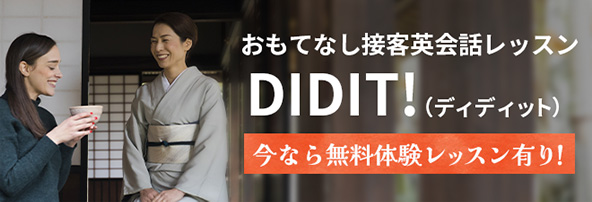
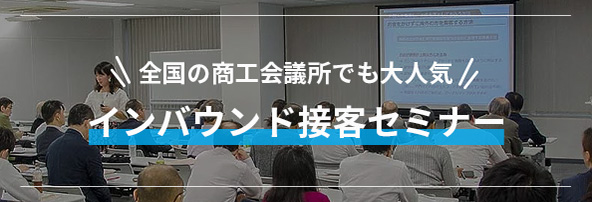
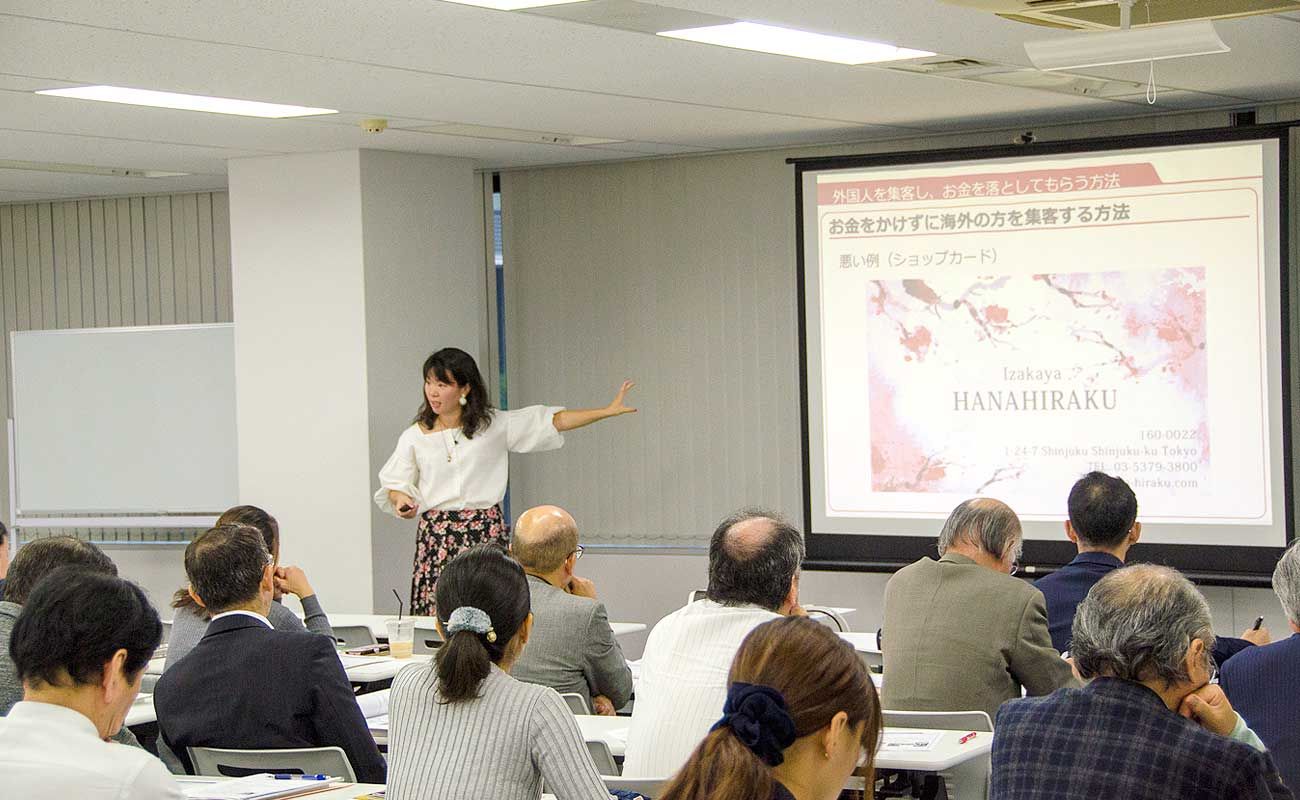
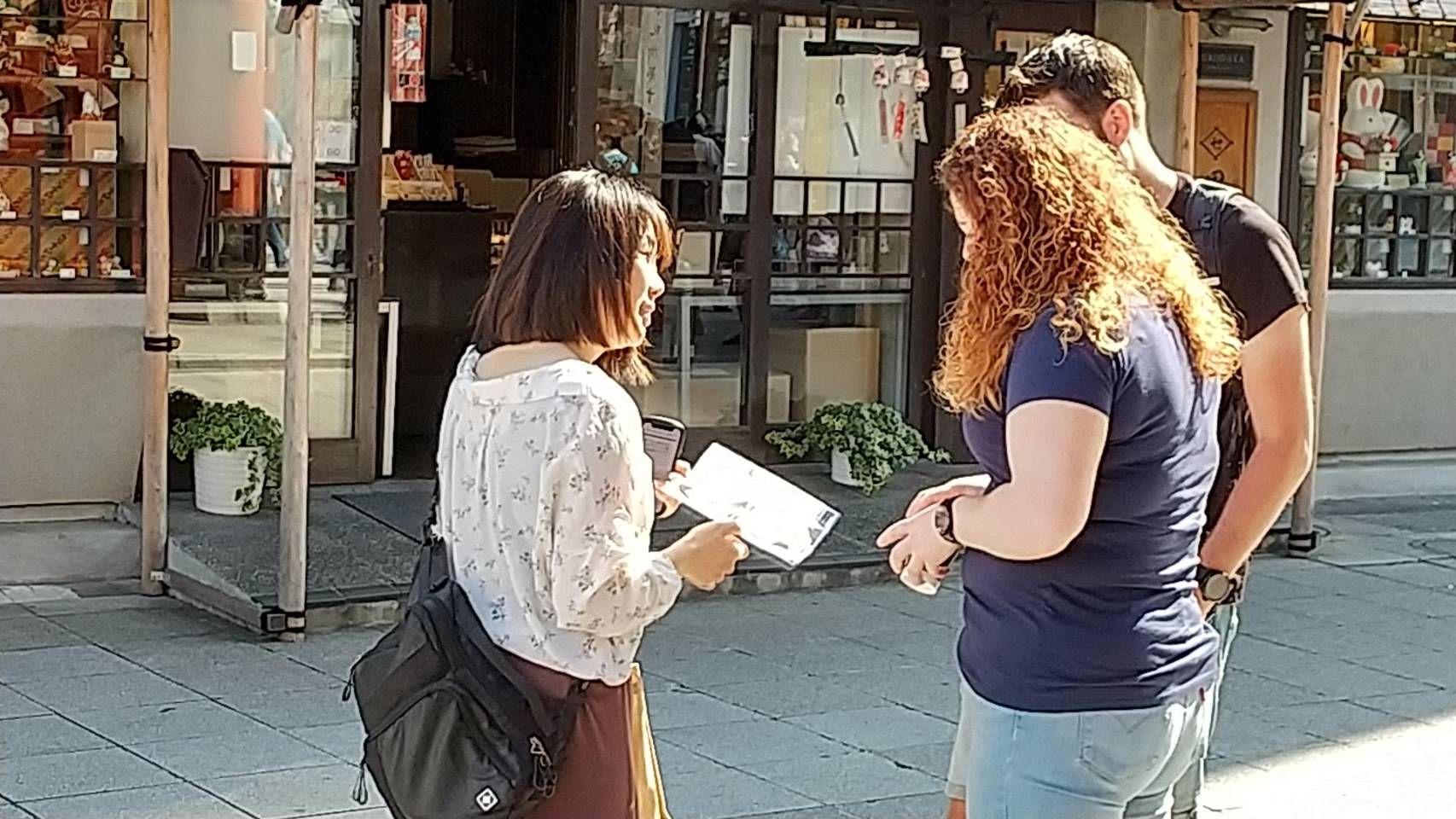

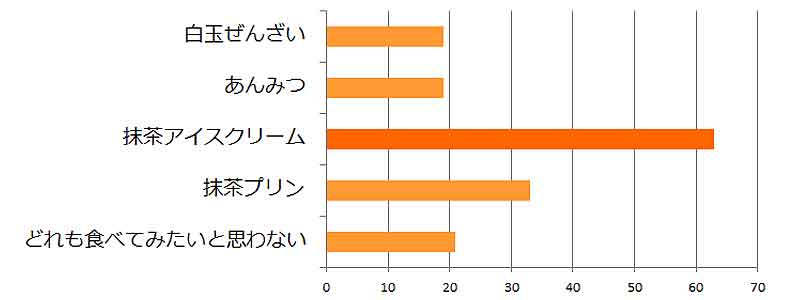
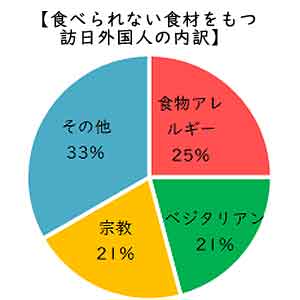
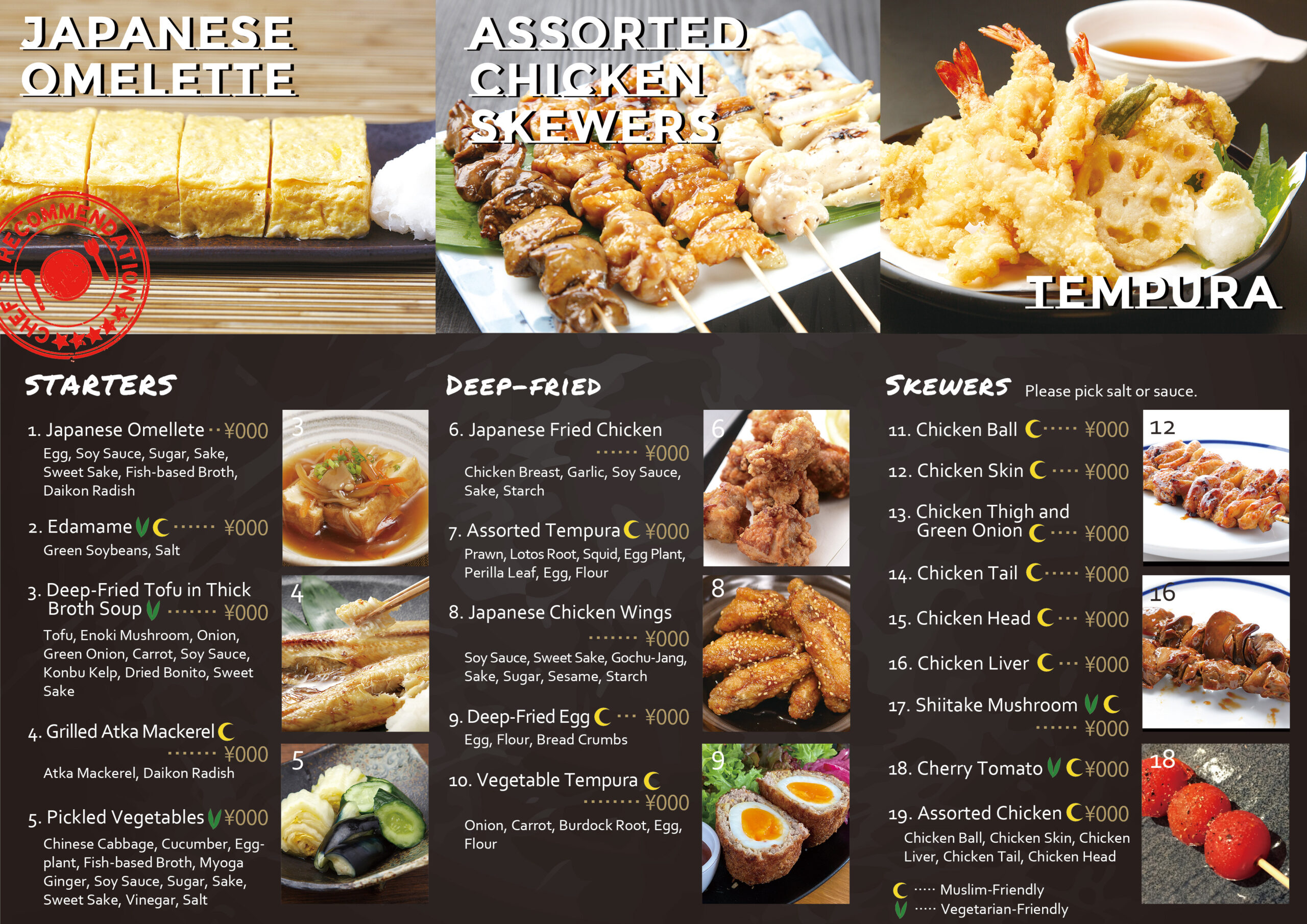 このように、すべての料理を同じ大きさで表記するのではなく、料理の中でも強弱をつけることで、シェフのおすすめがどれなのかがより分かりやすくなります。
このように、すべての料理を同じ大きさで表記するのではなく、料理の中でも強弱をつけることで、シェフのおすすめがどれなのかがより分かりやすくなります。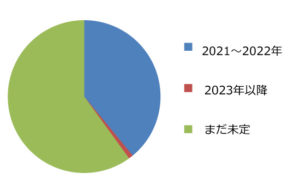 金銭的や心理的不安から、約6割の人は「未定」と答えましたが、約4割は「今年か来年」と回答。中には「出来るだけ早く行きたい」という方も複数いました。
金銭的や心理的不安から、約6割の人は「未定」と答えましたが、約4割は「今年か来年」と回答。中には「出来るだけ早く行きたい」という方も複数いました。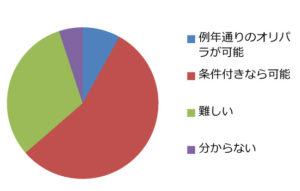 最も多かったのは全体の55%で「条件付きなら可能」という回答でした。観客数や規模の縮小、ワクチンや検査以外として挙げられた、「新しいオリパラ」の条件やアイデアはこちらです。
最も多かったのは全体の55%で「条件付きなら可能」という回答でした。観客数や規模の縮小、ワクチンや検査以外として挙げられた、「新しいオリパラ」の条件やアイデアはこちらです。